City Isfahan Settled early 17th century | ||
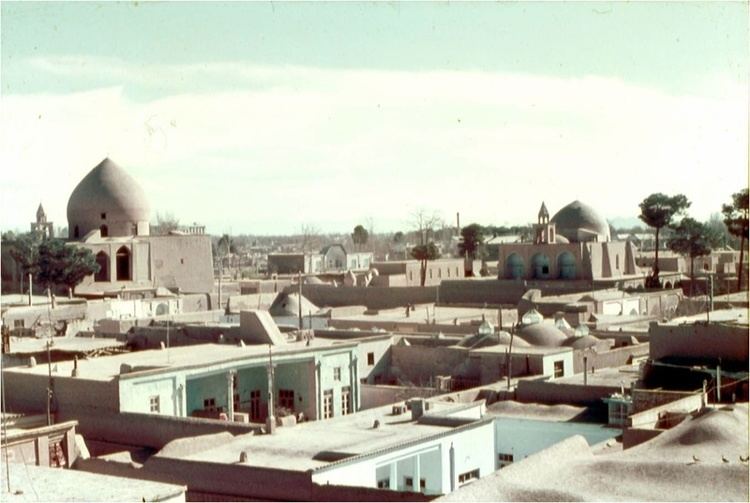 | ||
New julfa to be
New Julfa (Persian: نو جلفا – Now Jolfā, جلفای نو – Jolfā ye Now; Armenian: Նոր Ջուղա – Nor Jugha) is the Armenian quarter of Isfahan, Iran, located along the south bank of the Zayande River.
Contents
- New julfa to be
- New julfa to be doc film by arsen gasparyan
- History
- Armenian Apostolic
- Roman Catholic
- Protestant
- Seventh day Adventist
- Assemblies of God
- Museums
- Notable people
- References
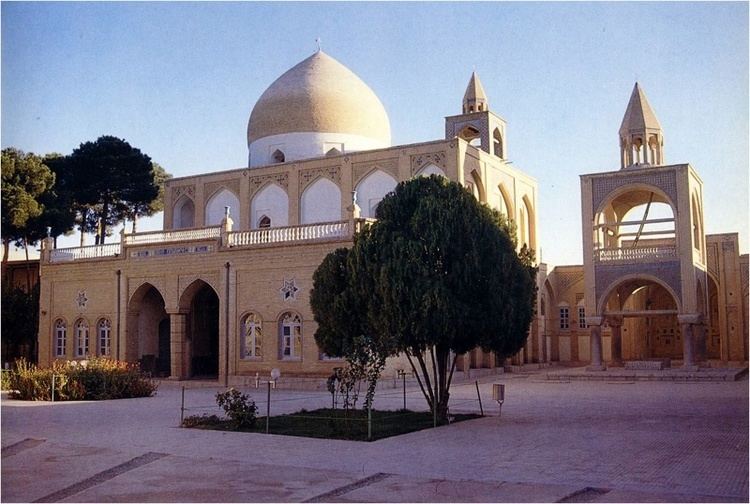
Established and named after the older city of Julfa (Jugha), Nakhichavan in the early 17th century, it is still one of the oldest and largest Armenian quarters in the world.

New julfa to be doc film by arsen gasparyan
History
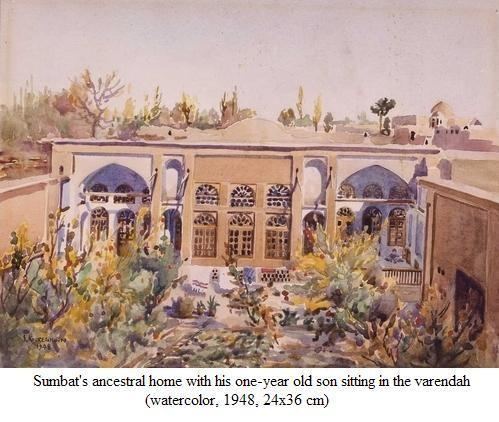
New Julfa was established in 1606 as an Armenian quarter by the edict of Shah Abbas I from the Safavid dynasty. Over 150,000 Armenians were moved there from the older Julfa (also known as Jugha or Juła) in Nakhichavan. Iranian sources state that the Armenians came to Iran fleeing the Ottoman Empire's persecution. Nevertheless, historical records indicate that the residents of Julfa were treated well by Shah Abbas in the hopes that their resettlement in Isfahan would be beneficial to Iran due to their knowledge of the silk trade.
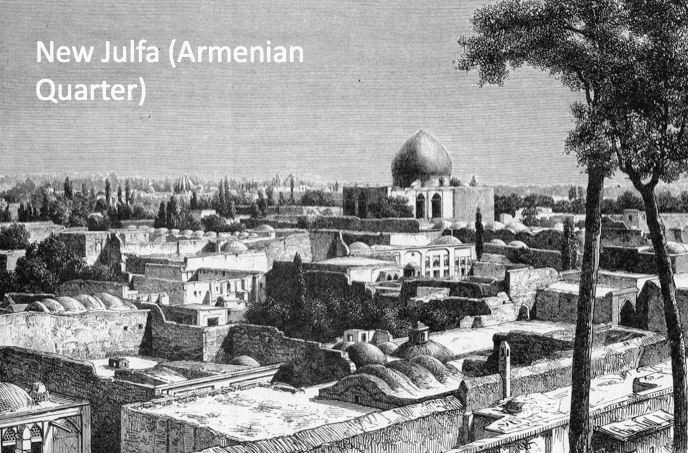
In 1947, the famous historian Fernand Braudel wrote that the Armenians had a trade network that stretched from Amsterdam to Manila in the Philippines. Many scholars in Armenia have done pioneering work on this network in the 60s, 70s and 80s. Levon Khachikian and Sushanik Khachikian have edited and published several New Julfan account books. Over the next few centuries, New Julfa became the hub of "one of the greatest trade networks of the early modern era," with outposts as far east as Canton, Surabaya, and Manila, and as far west as Cadiz, London, and Amsterdam, with a few merchants traveling across the Atlantic or Pacific oceans to Acapulco or Mexico City.
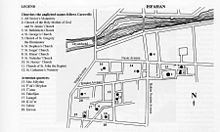
A significant majority of Armenian trading families were based in New Julfa. Due to their dispersal, many families that were originally from the older city of Julfa created a main settlement in Bengal expanding the trade network based in New Julfa. However, Some scholars argue that Surat, Bengal and Hughli were independent nodes and that the central control of New Julfa was not as important to their thriving Indian Ocean trade. Many New Julfan Armenians later settled in Manila, Hong Kong, and also in Australia. Their networks have been studied based on Armenian sources. Not forgetting Singapore, where Armenians from New Julfa became the mainstay of the community. Most were traders, but perhaps better known were the Sarkies (Ter Woskanian) brothers who founded Singapore's iconic Raffles Hotel in 1887.

New Julfa is still an Armenian-populated area with an Armenian school and sixteen churches, including the Holy Savior Cathedral. Armenians in New Julfa observe Iranian law with regard to clothing, but retain a distinct Armenian language, identity, cuisine, and culture which is protected by the Iranian government.
According to David Petrosyan of the Institute for Central Asian and Caucasian Studies, New Julfa had between 10,000–12,000 Armenian inhabitants in 1998. As of today, it is still one of the world's largest ethnic Armenian quarters. The district is popular with young people in Isfahan, and is experiencing considerable growth compared to other districts of the city.
